Something went boom in outer space and sent radioactive stardust our way, and it’s just been found at the bottom of the ocean.
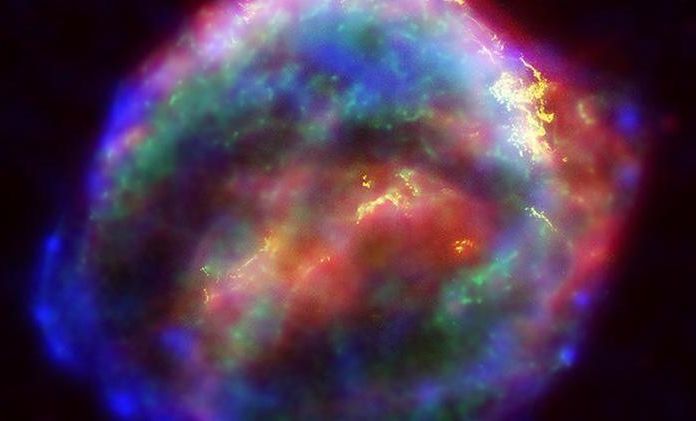

The U.S. and China are locked in a fierce battle in the race for Mars. China’s Zhurong rover is circling Mars as the country attempts to land a spacecraft on the red planet for the first time, just months after NASA landed its Perseverance rover. Photos: NASA; CCTV
More from the Wall Street Journal:
Visit WSJ.com: http://www.wsj.com.
Visit the WSJ Video Center: https://wsj.com/video.
On Facebook: https://www.facebook.com/pg/wsj/videos/
On Twitter: https://twitter.com/WSJ
On Snapchat: https://on.wsj.com/2ratjSM
#WSJ #NASA #Mars
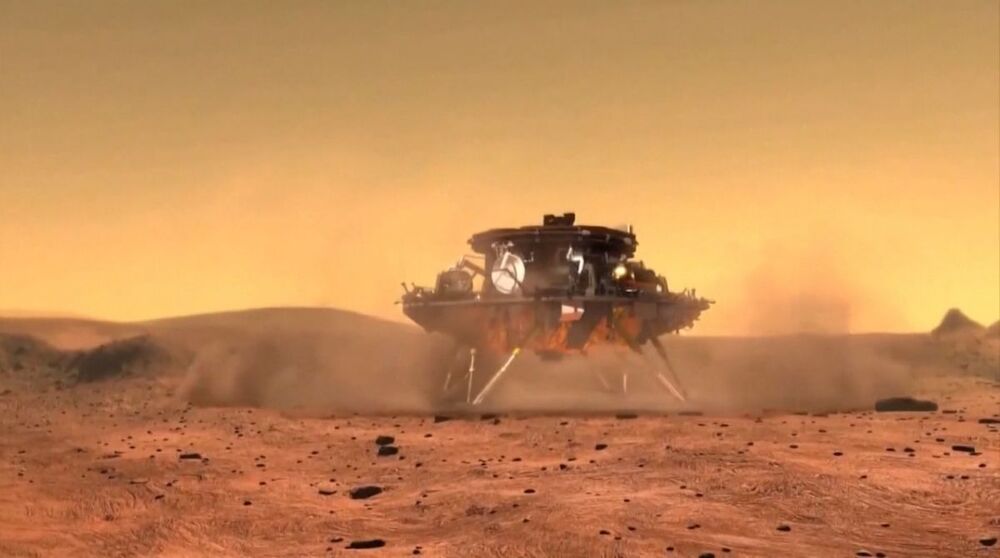
China just successfully landed its first rover on Mars, becoming only the second nation to do so.
The Tianwen-1 mission, China’s first interplanetary endeavor, reached the surface of the Red Planet Friday (May 14) at approximately 7:11 p.m. EDT (2311 GMT), though Chinese space officials have not yet confirmed the exact time and location of touchdown. Tianwen-1 (which translates to “Heavenly Questions”) arrived in Mars’ orbit in February after launching to the Red Planet on a Long March 5 rocket in July 2020.

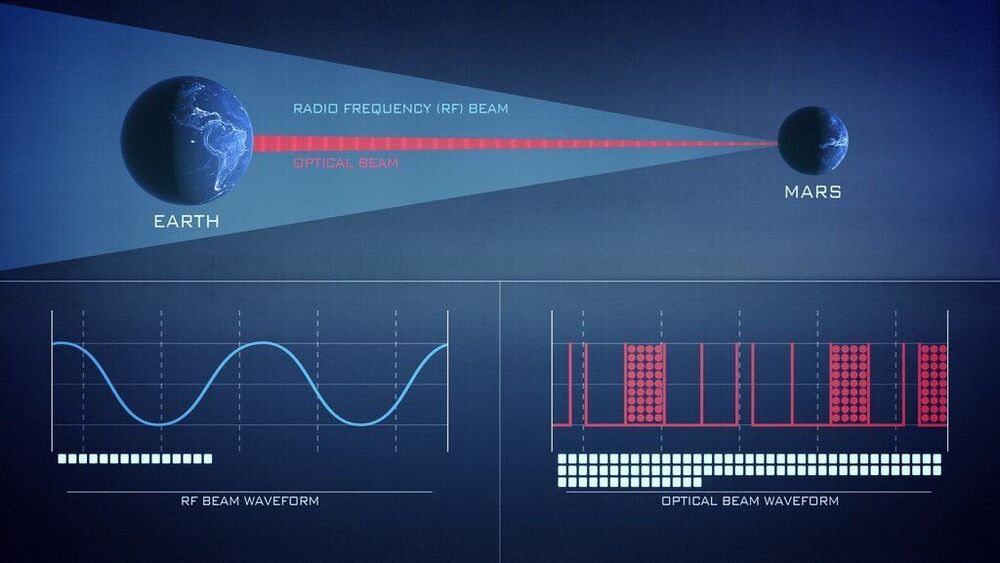
Launching this summer, NASA’s Laser Communications Relay Demonstration (LCRD) will showcase the dynamic powers of laser communications technologies. With NASA’s ever-increasing human and robotic presence in space, missions can benefit from a new way of “talking” with Earth.
Since the beginning of spaceflight in the 1950s, NASA missions have leveraged radio frequency communications to send data to and from space. Laser communications, also known as optical communications, will further empower missions with unprecedented data capabilities.
Great new episode with renowned geneticist Christopher Mason who talks about his book on how we will need to bioengineer our own species in order to expand beyond our solar system.
Geneticist Christopher Mason chats about his new book, “The Next 500 Years: Engineering Life to Reach New Worlds” from MIT Press. We discuss both the nuts and bolts and the philosophy driving our expansion offworld. Mason’s goal is to preserve our species by expanding to an Earth 2.0 in order to avoid our star’s own Red Giant endgame.
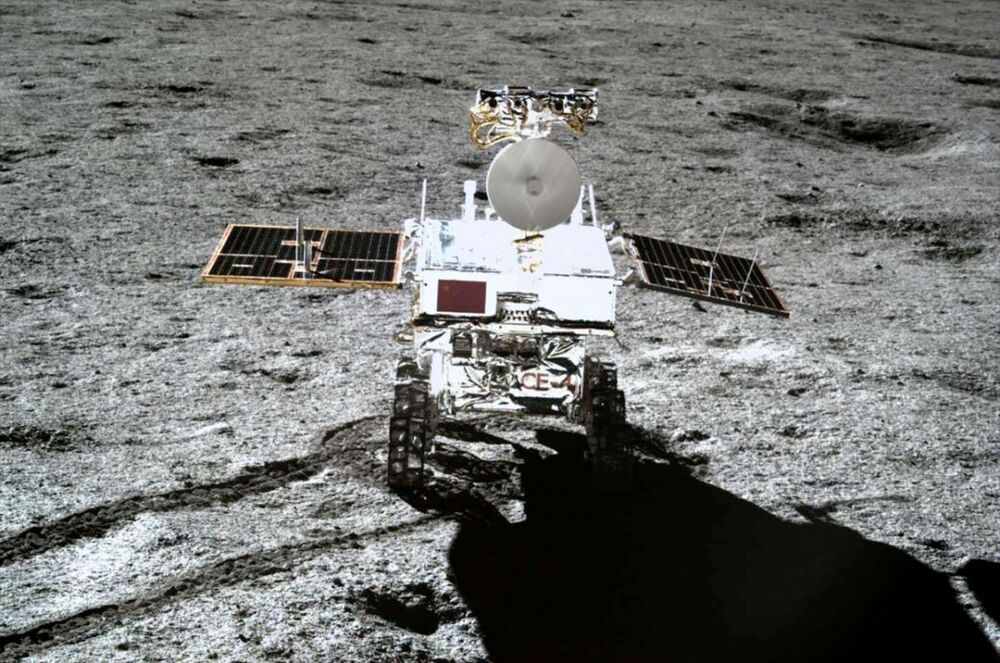
China’s plucky Yutu 2 rover is about to wake up and continue to explore the far side of the moon as the nation works to land a rover on Mars this May.
The rover, which launched with the Chang’e 4 mission, landed on the far side of the moon in January 2019 and recently completed its 29th lunar day of activities, the China Lunar Exploration Project (CLEP) said on April 23.
In the sparse collection of atoms that fills interstellar space, Voyager 1 has measured a long-lasting series of waves where it previously only detected sporadic bursts.
Until recently, every spacecraft in history had made all of its measurements inside our heliosphere, the magnetic bubble inflated by our Sun. But on August 25, 2012, NASA ’s Voyager 1 changed that. As it crossed the heliosphere’s boundary, it became the first human-made object to enter – and measure – interstellar space. Now eight years into its interstellar journey, a close listen of Voyager 1’s data is yielding new insights into what that frontier is like.
If our heliosphere is a ship sailing interstellar waters, Voyager 1 is a life raft just dropped from the deck, determined to survey the currents. For now, any rough waters it feels are mostly from our heliosphere’s wake. But farther out, it will sense the stirrings from sources deeper in the cosmos. Eventually, our heliosphere’s presence will fade from its measurements completely.
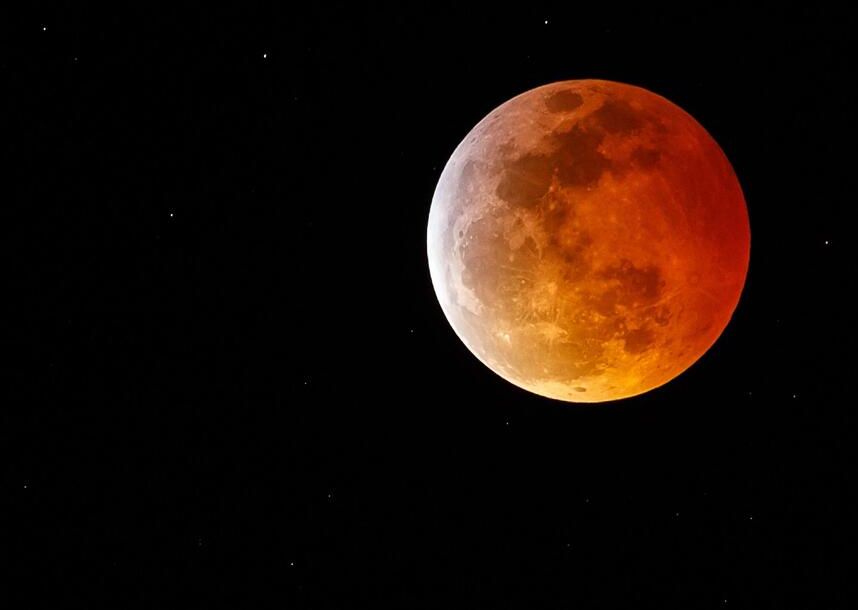

Physicists have measured the “skin” of an atom for the first time and, perhaps unsurprisingly, it is extremely thin. The measurement may help us understand the properties of neutron stars.
Lead-208, an isotope that contains 82 protons and 126 neutrons, has a type of nucleus that physicists refer to as “doubly magic” because both the protons and the neutrons are arranged neatly into shells inside the nucleus. These shells keep the atom relatively stable and make it simpler to experiment on, so when the PREX collaboration at the Thomas Jefferson National Accelerator Facility in Virginia set out to measure neutron skin, they opted to experiment on lead-208.